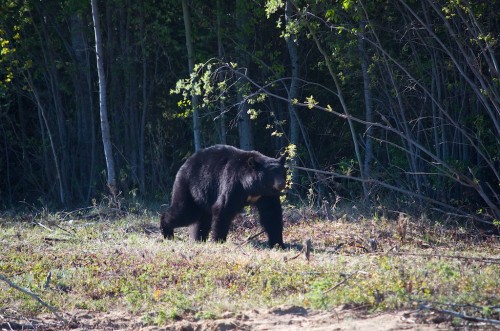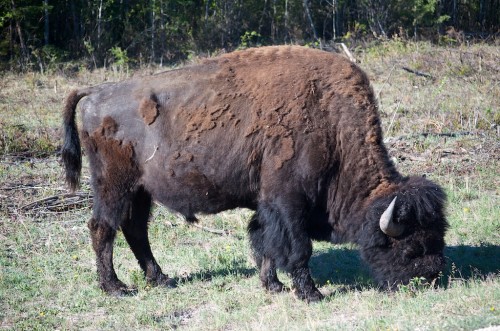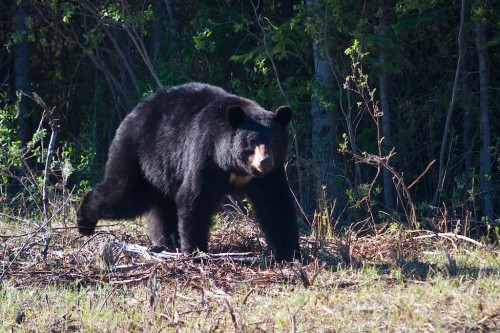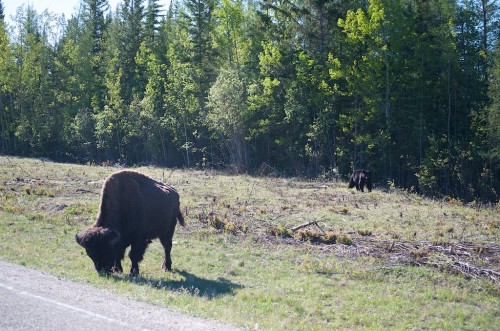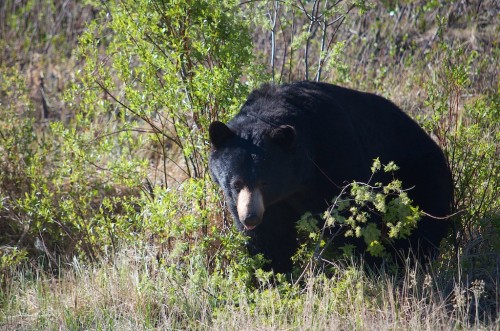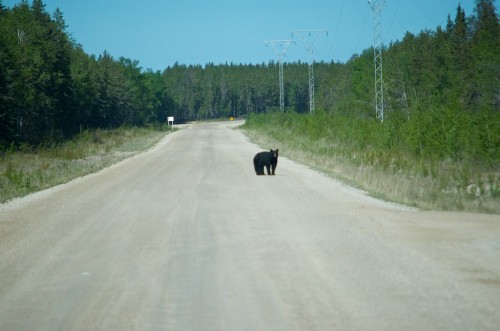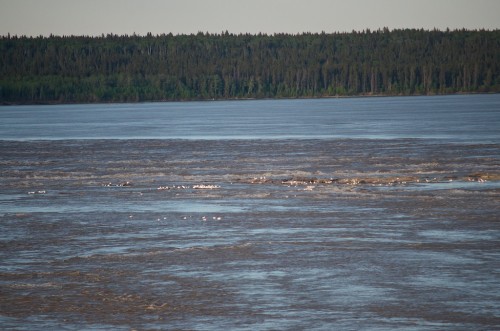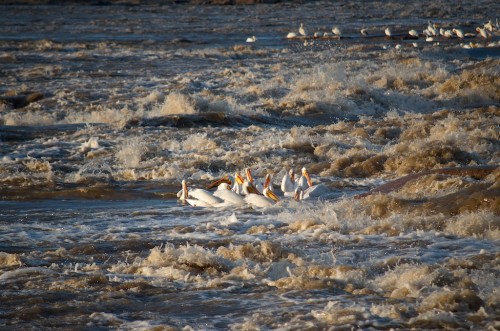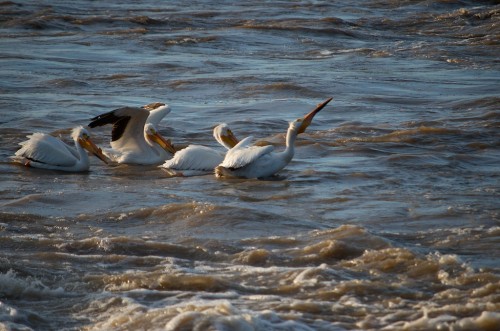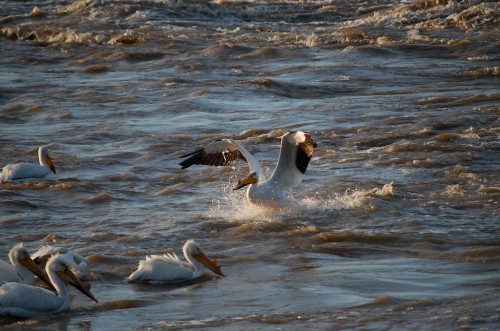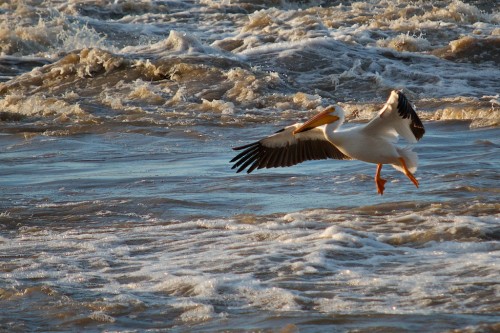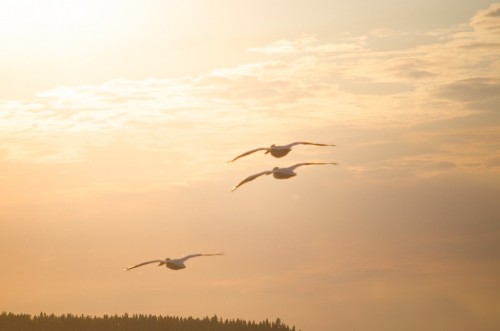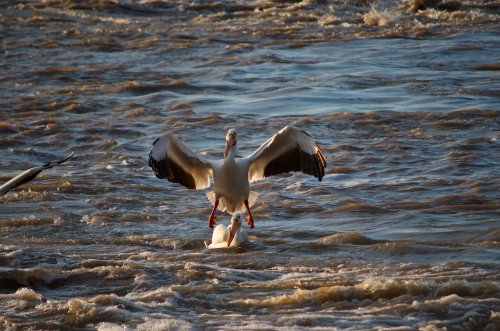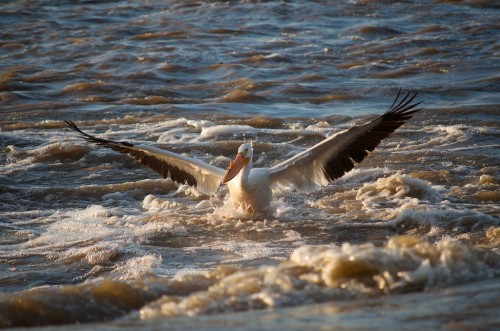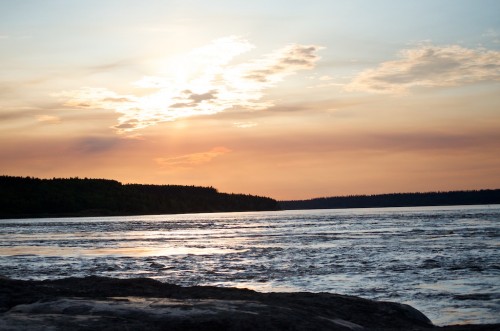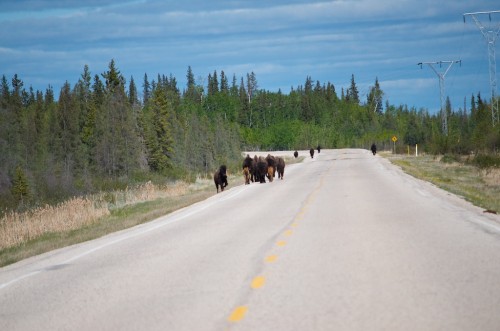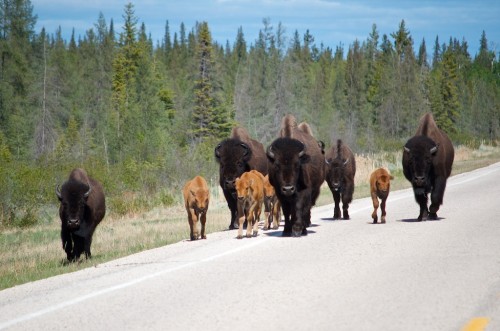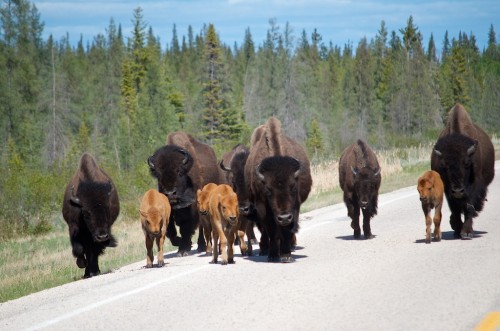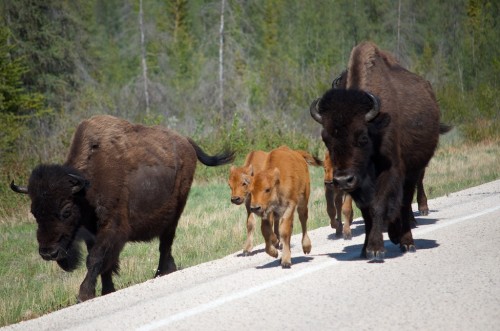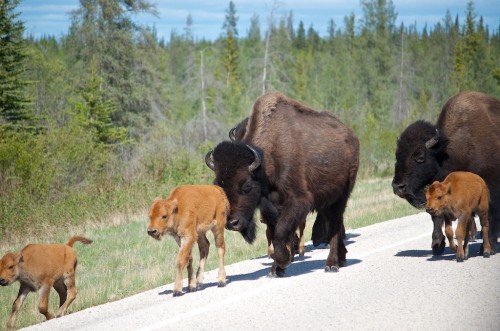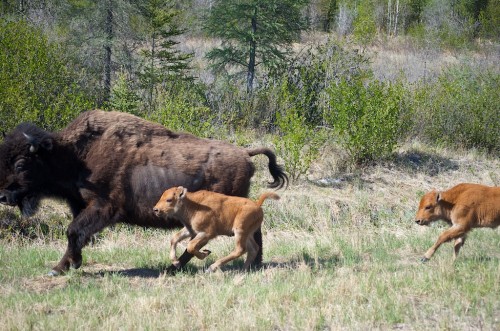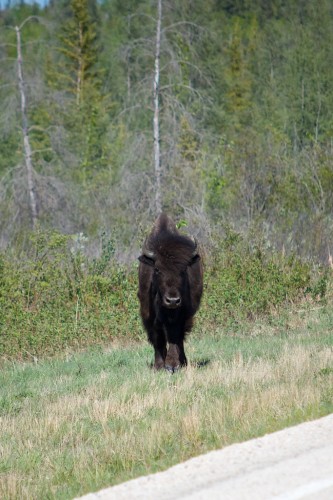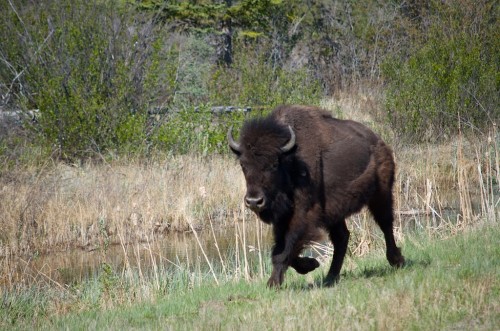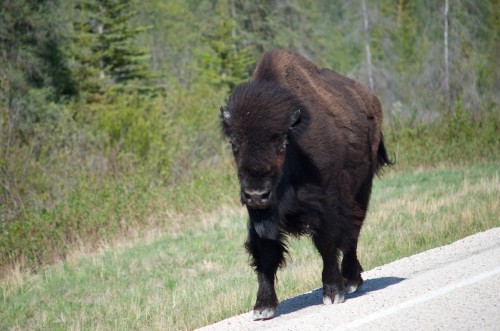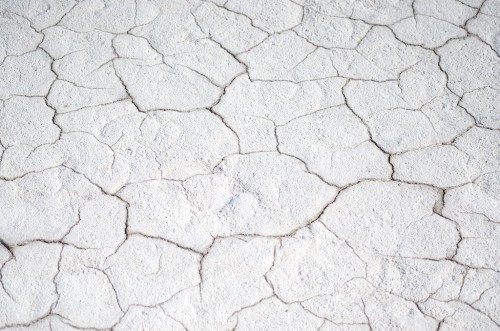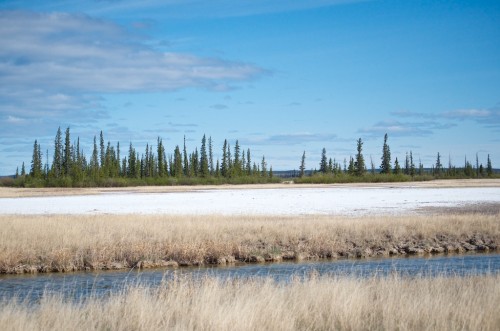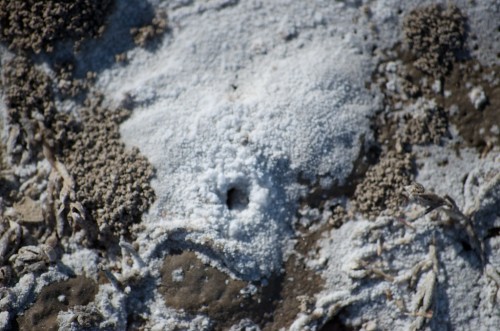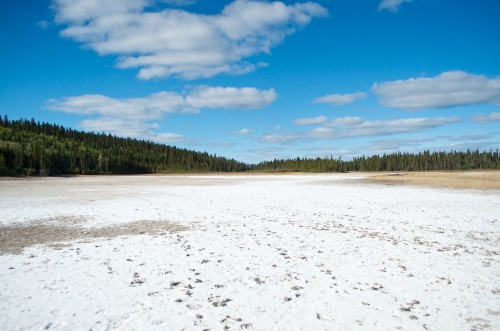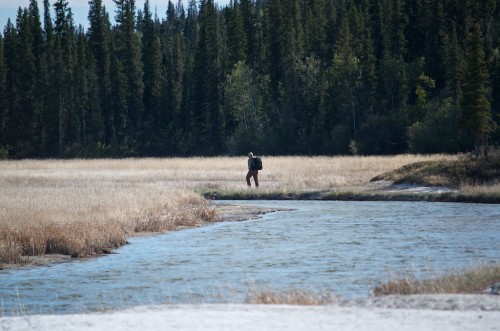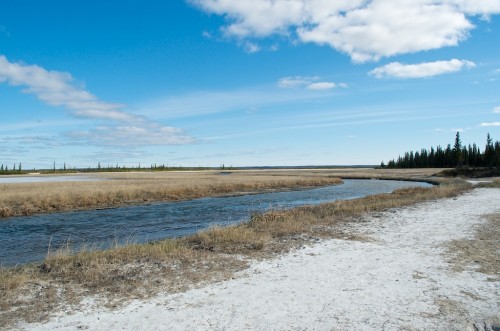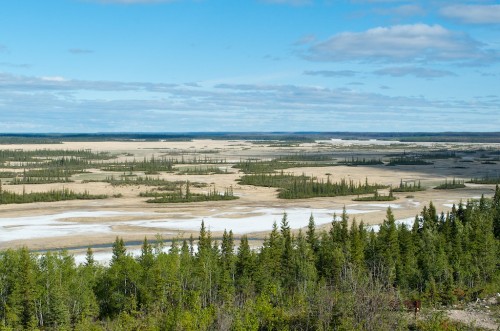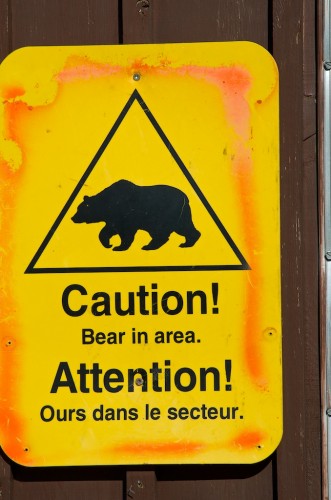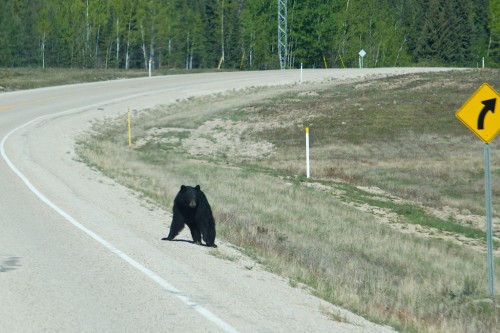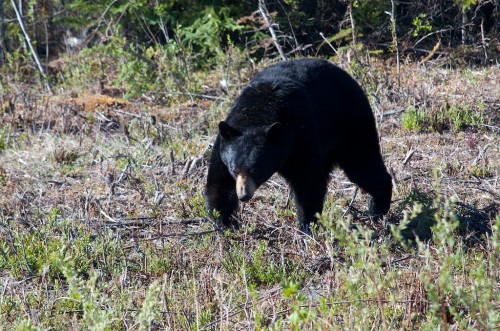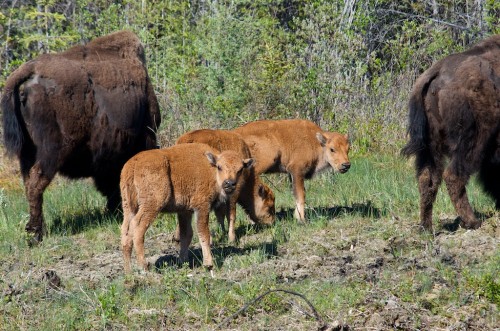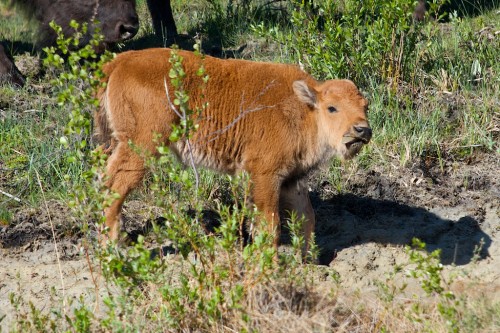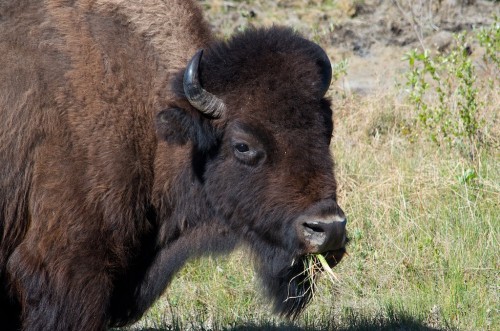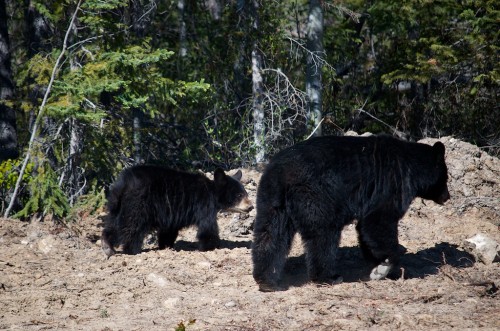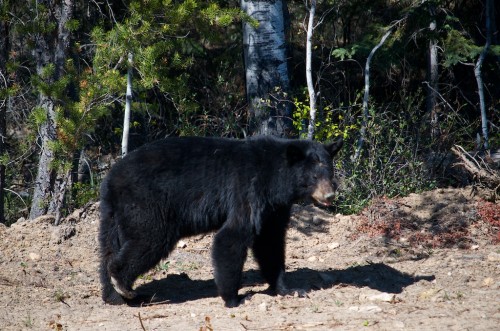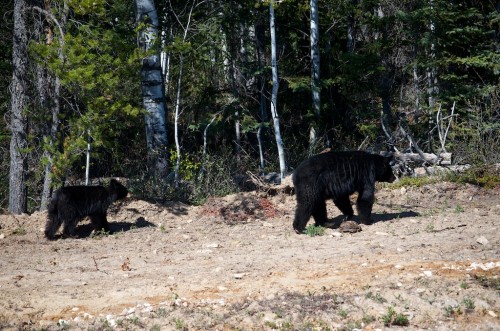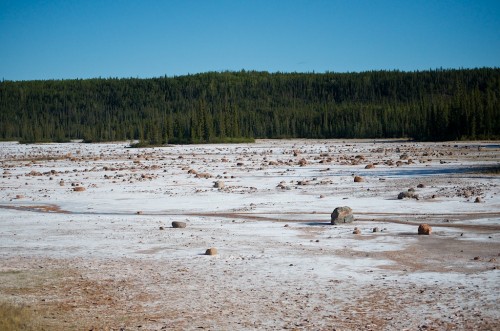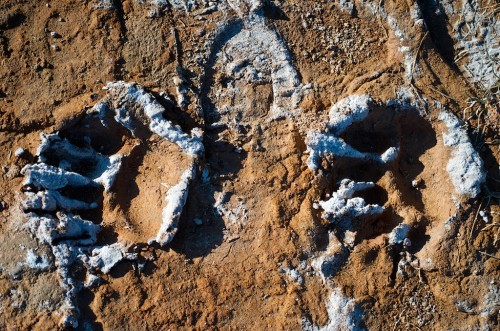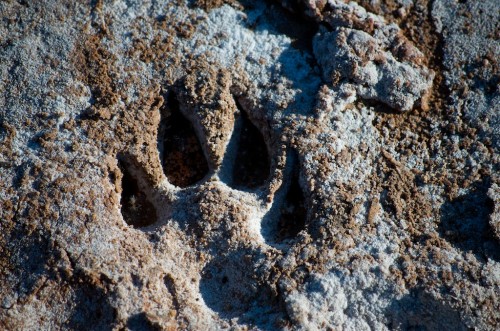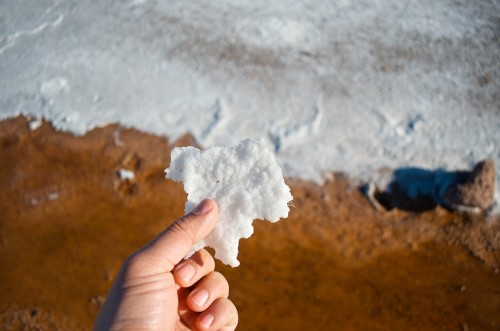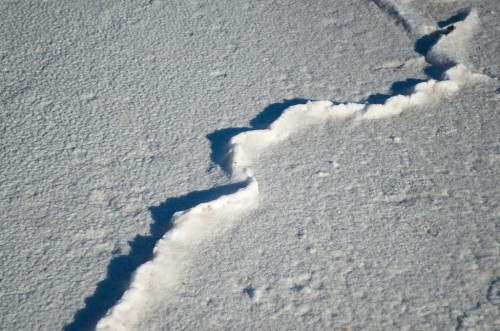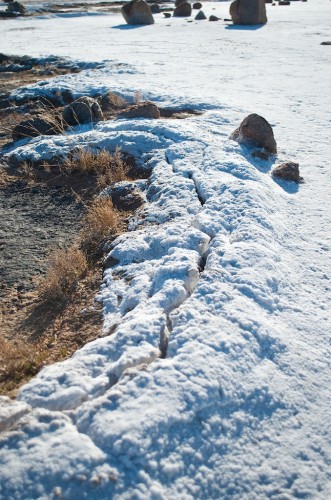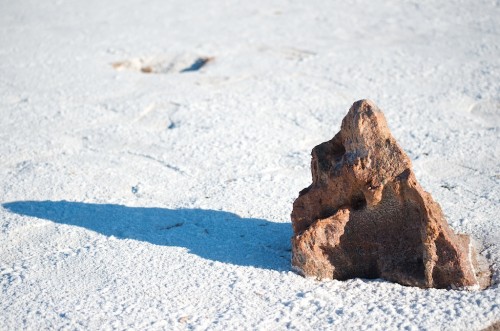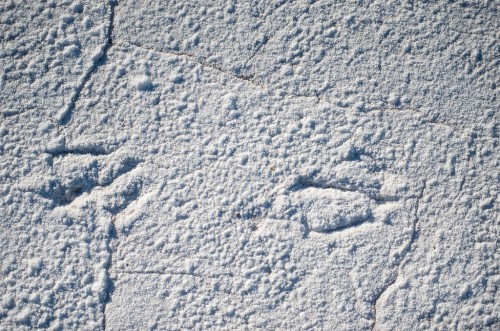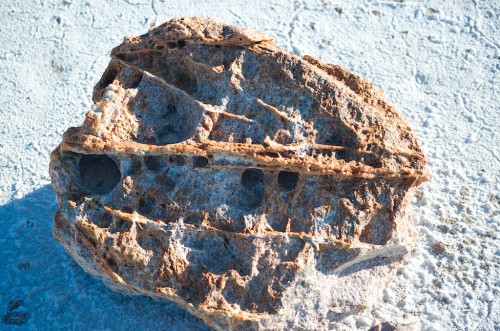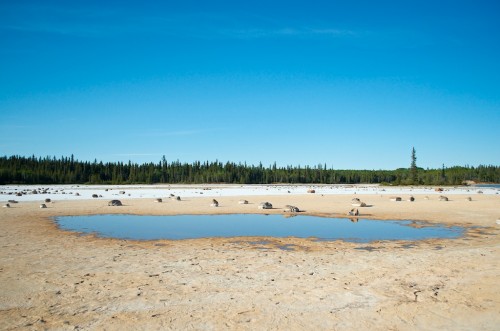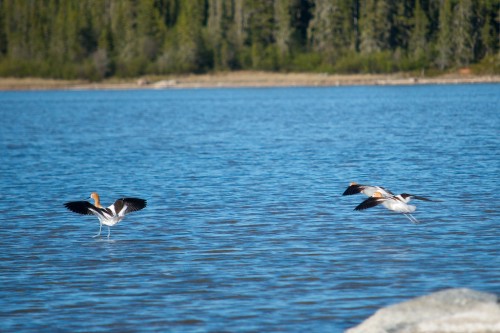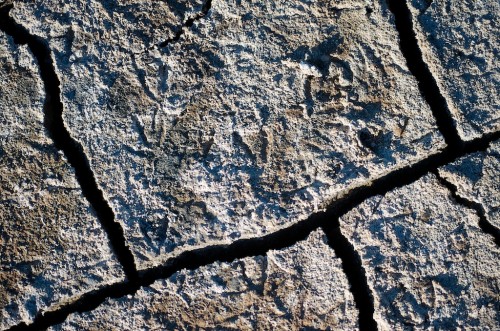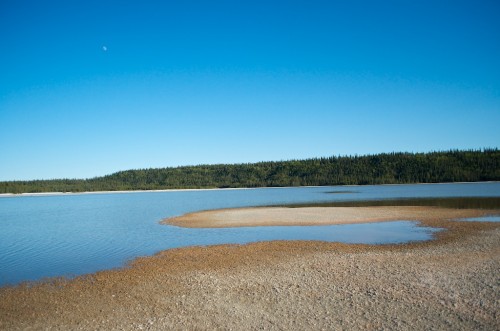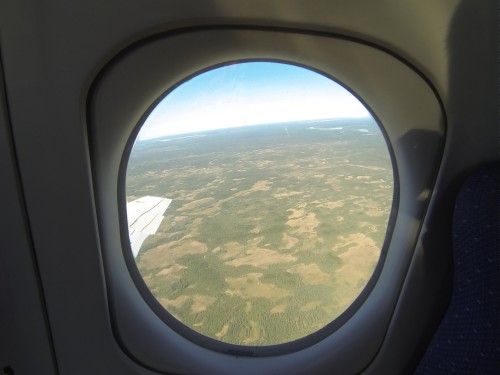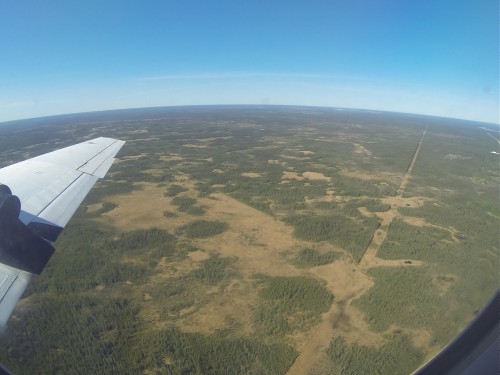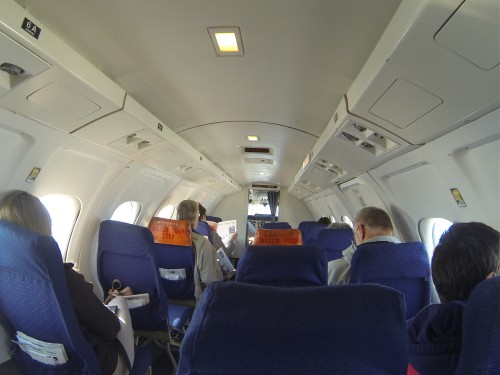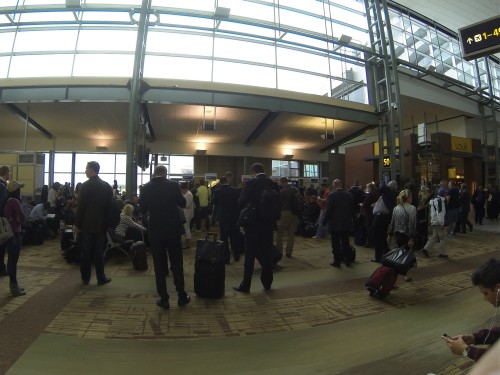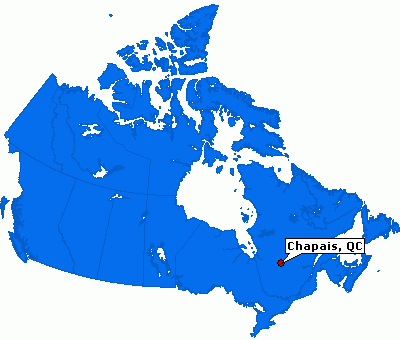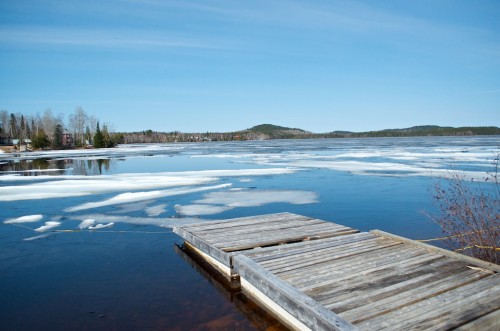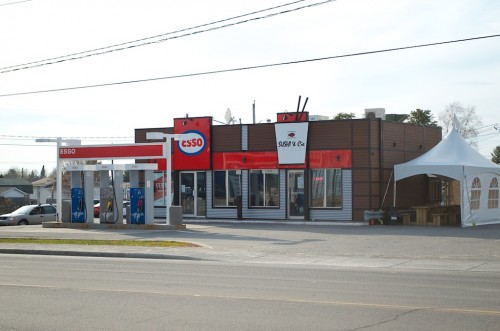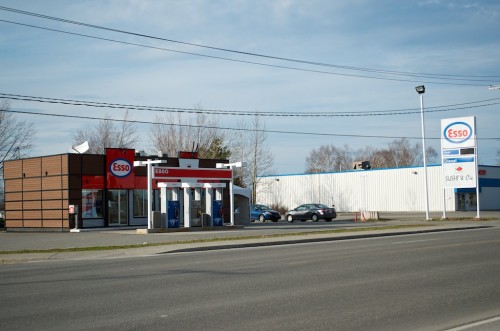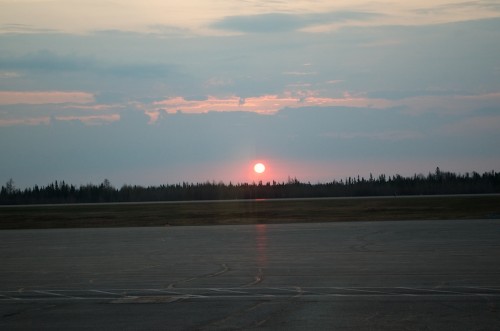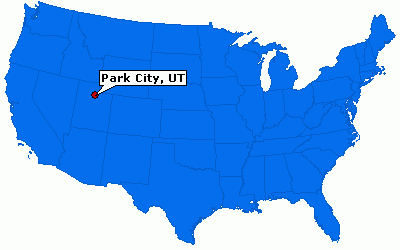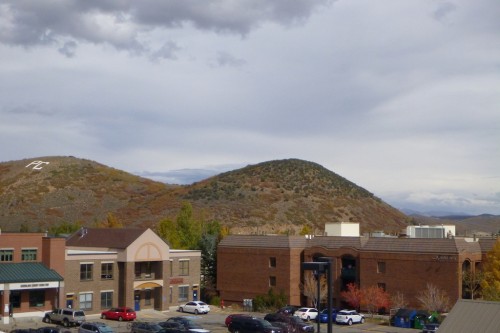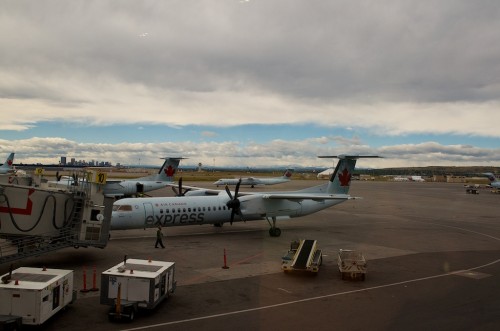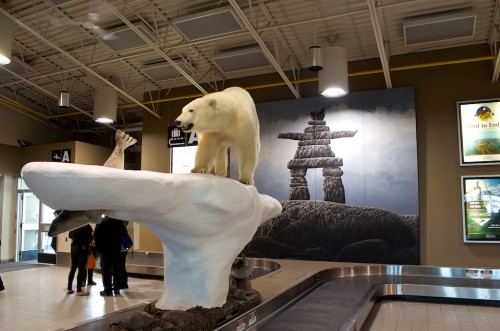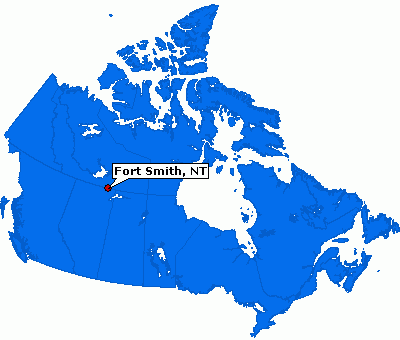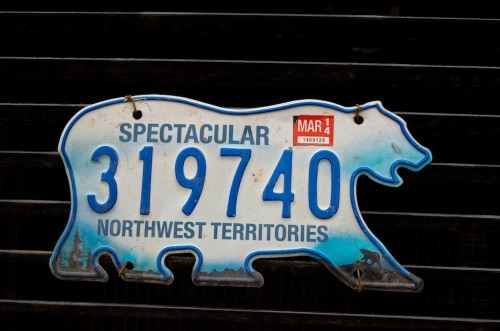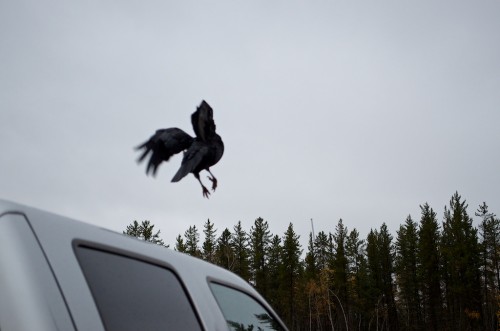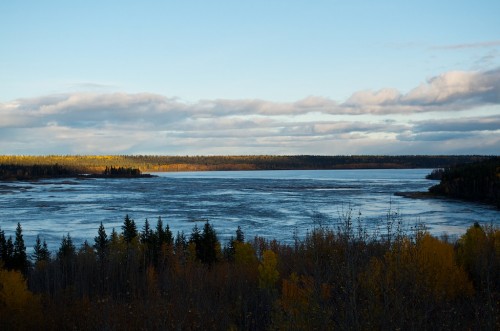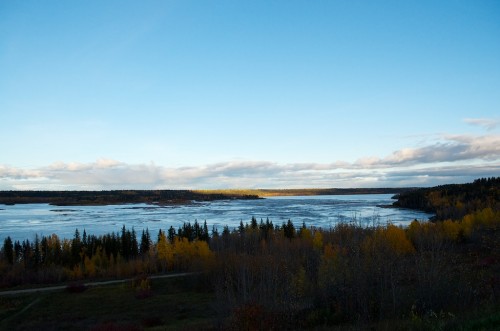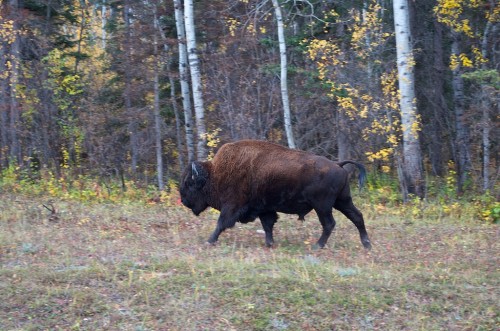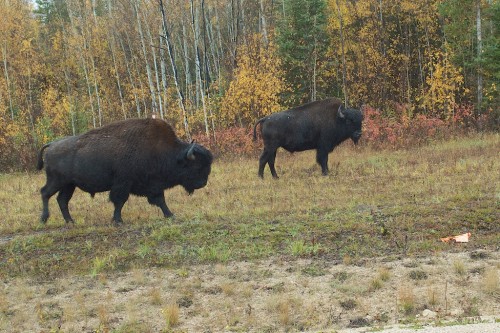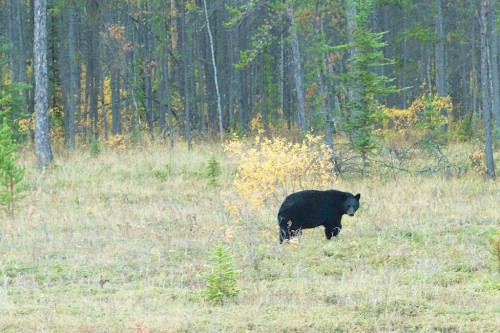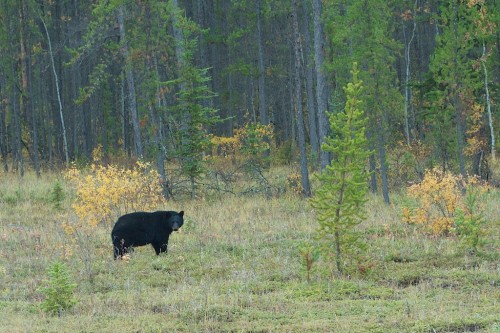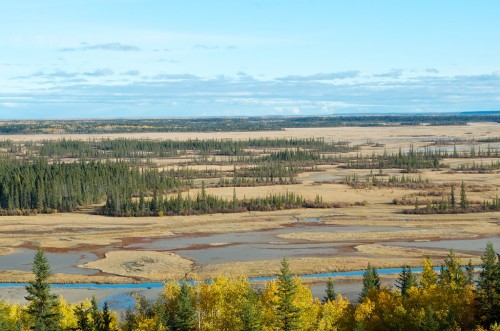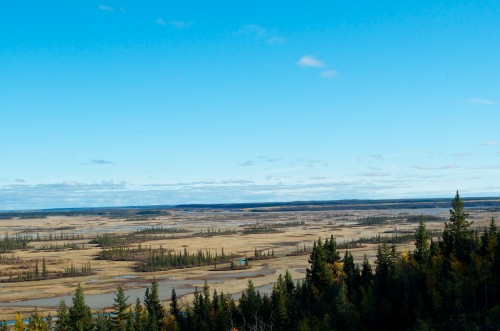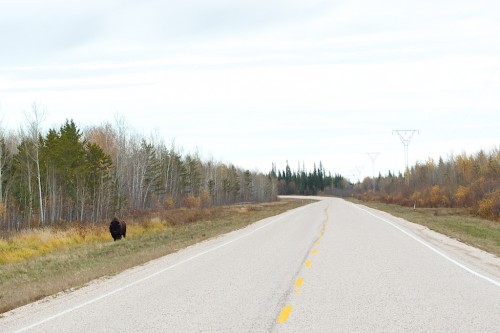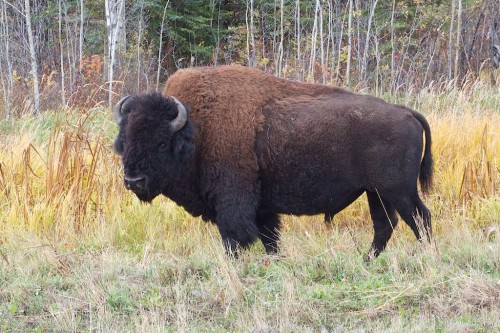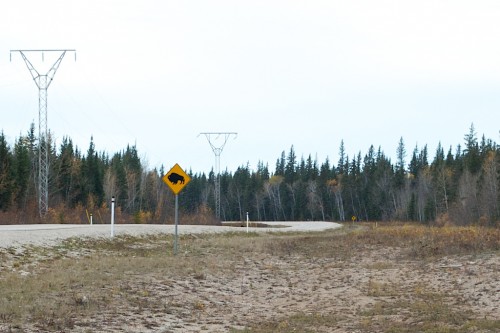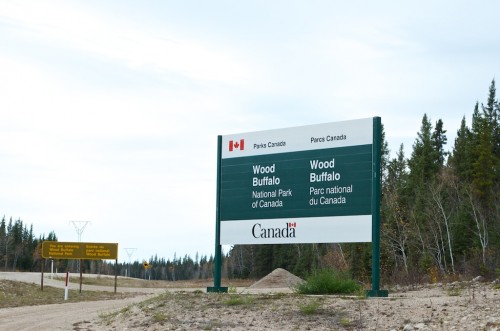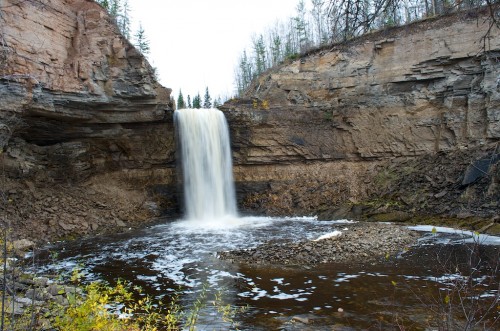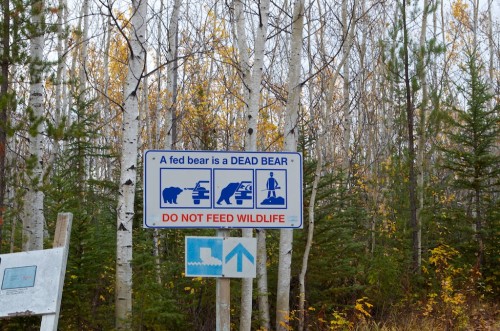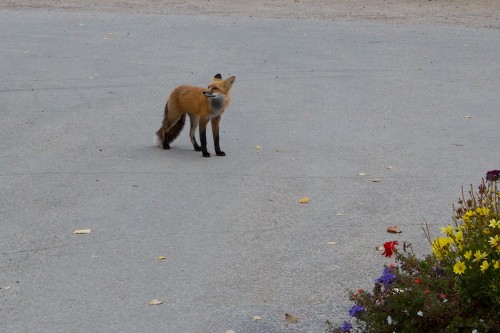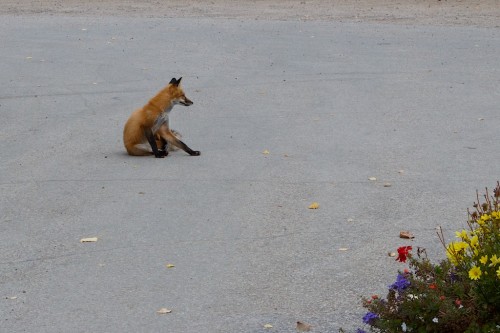Day 1
I spent the past week up in Fort Smith, NT for work. The weather was excellent for the week, about 15 degrees and sunny. Sunset was around 10:15 pm, but it stayed light after that. There was no shortage of wildlife on this visit. It is a full day of travel, leaving Toronto at 8:00 with a connection in Edmonton, switching to Northwestern Air for a two flight to Fort Smith.
Day 2
The first day out to the site we saw about 7 bears and a few bison. The first bear we saw was actually grazing with a couple of bison.
The bison are still shedding their winter coats.
You can see the black bear in the background.
Another black bear further down the road. Most of them would look up from grazing and then go back to what they were doing.
This bear was spotted only about two kilometres from our site, just past the white sign on the left side of the road is a power corridor that leads to our site. Fortunately we didn’t have any visitors during the week.
I had a meeting with a potential site operator in the evening, but after I finished, my colleague and I headed down to the river to see the pelicans. Those white specks in the rapids are White Pelicans.
Due to the dry weather conditions the bugs haven’t been as bad as previous trips. I knew there was a trail down to the rapids, but the bugs have usually deterred any attempt at finding the trail.
It’s only about a 20 minute walk down a steep trail to hit the river. There was still ice along the shore in the dense brush. The pelicans near the Rapids of the Drowned.
American White Pelican (Pelecanus erythrorhynchos) nest on islands near the rapids, they then spend most of their time feeding in the waters below the rapids.
The pelicans in the water near the rapids.
This one looks like it is going to land on the other ones back.
The White Pelican has the second largest average wingspan of any North American bird, after the California Condor.
Looking north along the Slave River.
Day 3
On the drive back to town we came across a herd of bison coming towards us. I pulled the truck over to the side of the road and waited for them to pass. Normally they are just grazing, but this group was on the move. There may have been wolves in the area.
They had five calves with them.
They were keeping an eye on us as they approached.
It was an amazing sight to see, every time I go it’s something different.
Listen to the sound of the herd running past. As I turn to catch the stragglers I have to point the camera in the direction of the wind so the sound is a little loud.
Further back were more bison and a couple were running down the highway trying to catch up. Eventually they slowed down as they got closer to the truck.
We stopped in at the Salt Plains, as we heard there were some Whooping Cranes in the area. Wood Buffalo National Park is the last remaining nesting grounds in the wild.
The salt was the thickest and most abundant I have ever seen it.
The Salt Plains are formed by water that has percolated through underground salt deposits left by an ancient sea around 390 million years ago. At the location of the Salt Plains, impermeable bedrock has forced the saline water to the surface. As the water evaporates, salt deposits are left behind.
This was Tom Lynn, a professional photographer who was up in the Park on a grant from the International Crane Foundation. I went to see a talk given by him the first night on a project that raises chicks for release in the wild.
A bison patty that is encrusted in salt, it looked like a cinnabun.
On the previous friday a bear had gotten into a truck that was parked at the Salt Plains. The doors were closed but not locked. The bear opened the door and ripped up the front seat and then went for a coffee cup. The story made CBC news. I met the guy who owned the truck.
Day 4
By the fourth day we were more selective about when we slowed right down for the bears and bison, but sometimes when they were right on the road you had no choice.
They look so soft and fluffy.
We met up with the herd that was running down the highway the day before. The calves were curious when the truck stopped.
An adult chewing away on some of the roadside grass.
A video of the grazing bison.
On the way back to town we saw a mother and cub. I slowed the the truck figuring they would take off in the bush.
But the hung around, here is the mother keeping a watchful eye on us.
Eventually they decided to keep going.
In the evening we headed out to Grosbeak Lake which is actually on the Alberta side of the park. It has often been compared to a moonscape.
There were some bear prints in the mud, they last until the next rain and then disappear.
A wolf print.
I’m holding a big chunk of salt.
A ridge of salt.
It you didn’t know it was salt, it would look like snow.
These salt corroded boulders are laying everywhere, some are pretty big and as you walk further out you’re always checking that none of them are moving (i.e. bear).
More tracks by birds.
These are American Avocet (Recurvirostra americana).
The ground is very dry. When you peel it back, it’s like layers of soggy cardboard.
This photo was taken around 8:30 pm.
Day 5
The last day was another travel day, we left Fort Smith, NT at 10:00 am and headed for Edmonton.
The Northwestern Air plane is a Jetstream 31 that seats 19 passengers. The flight to Edmonton only had 8 passengers.
Then it was an afternoon flight from Edmonton to Toronto. Waiting to board at YEG.

